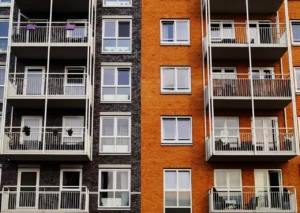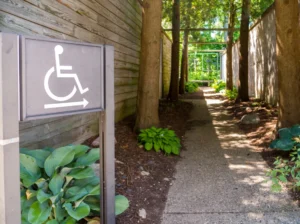2025 State of Renter Delinquency and Default

The Hidden Risk of Renter Defaults And Industry Perception
A new survey reveals persistent multifamily renter defaults driven largely by economic instability that are placing increasing pressure on operations.
A national survey of over 400 multifamily professionals, conducted by TheGuarantors in partnership with J Turner Research, highlights differing views on renter default, recovery, and risk mitigation.
Executives and onsite staff are experiencing different realities, and that gap could be preventing operators from implementing effective risk mitigation strategies or tools.
“While nearly half of operators surveyed perceive default trends as stable, this perception obscures a concerning reality: more than a third report increases. Pessimism around renters’ financial recovery is also notable, and perceptions differ significantly between leadership and frontline staff,” the report says.
4 Key findings in the report
No. 1 – Economic backdrop driving default
Economic pressures remain the primary perceived driver of renter default, with little optimism that these conditions will improve in the short term.
Top concerns were cash flow, employment, and rent affordability.
The top three cited causes of delinquency were:
- Cash constraints (29%)
- Job loss (24%)
- Rent affordability (23%)
Executives prioritized cash flow issues (35%), while onsite staff—closer to resident interactions—pointed more often to job loss (28%).
No. 2 – Outlook: No relief in sight
A strong majority (80%) of respondents believe these cores issues will persist over the next year. Among the 20% who do anticipate change, most still expect the next wave of defaults to be driven by job loss, affordability, or cash-related stress, further reinforcing expectations of prolonged financial strain.
Screen Your Tenant Today!
Gain peace of mind with AAOA’s credit, criminal, and eviction reports.
No. 3 – Secondary factors differ by role
When asked about additional contributing factors:
- Executives cited government policy fallout (e.g., CARES Act)
- Corporate and onsite teams emphasized resident money management and broader economic pressures
These role-specific insights suggest both structural (macro policy) and behavioral (spending habits) lenses are influencing the way different teams interpret default risk.
No. 4 – Fraud: Underestimated and overlooked
Only 8% of respondents named fraud as a primary cause. However, this perception diverges sharply from broader industry data. According to a recent NMHC report:
- 3% of operators experienced fraud in the past year
- 7% saw a rise in fraudulent applications or documents
This mismatch indicates that while economic hardship dominates daily discussions, the financial toll of fraud—especially sophisticated, undetected types—may be under-recognized in current decision-making and strategy.
Report conclusion and summary
“This research paints a picture of an industry facing sustained pressure from renter default. While perceptions of stability persist at the surface, one in three operators is seeing increases. Executives are increasingly wary of recovery rates.
“And frontline staff report worsening conditions. Operationally, the cost is real: bad debt, eviction expenses, strained cash flow, and overextended property teams.
“Yet, traditional tools—while widely used—are delivering only moderate results, especially in the eyes of leadership. A significant gap remains between the complexity of today’s risks and the tools being deployed to manage them.
“And with fewer than one in four operators exploring new solutions, most teams may be unprepared for continued disruption,” the report says.
Source: Rental Housing Journal













 Accessibility
Accessibility